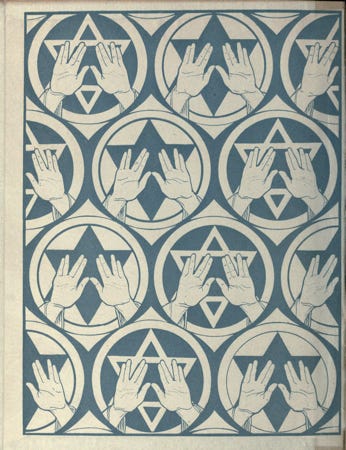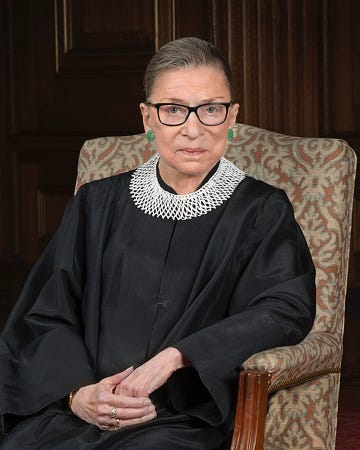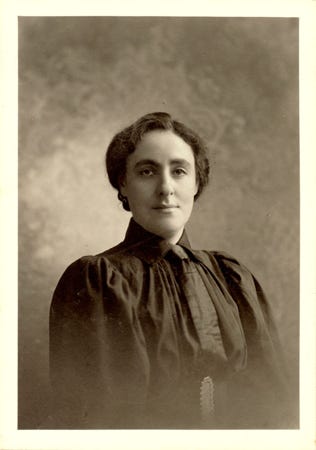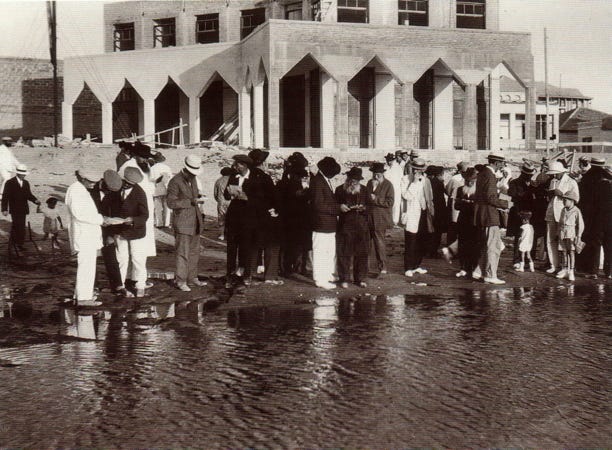10/19/2020
New Zealand’s prime minister, Jacinda Ardern, was reelected in a landslide victory last week. New Zealand voted in favor of the 1947 United Nations partition plan for Palestine and officially recognized Israel in 1950. The countries have numerous trade agreements covering products including fertilizers, milk and cream, circuit boards, medications, and more, and a visitor visa waiver program makes it easy for citizens of each to visit the other country. New Zealand and Israel also increased cooperation in one area which had to do with “Atomic Falafel.” What was that?
Falafel! by young shanahan is licensed under CC BY 2.0
A. Atomic Falafel was the code name for a secret security operation between the Israeli Mossad and NZSIS, the New Zealand Security Intelligence Service in the 1960’s. The details still remain secret, though it is believed to relate to Israel’s successful effort to develop nuclear weapons. As a result of this inter-agency cooperation, New Zealand and Israel signed a joint agreement to work on developing safe methods of producing nuclear power plants, as both countries were dependent upon oil imports for their energy production.
B. Kiwi Foods, a New Zealand food products distributor, wanted to import hummus and other Israeli products from the Israeli company, Sabra. However, Kiwi did not want to harm their relationship with companies in Saudi Arabia with whom they did business. Saudi Arabia was a leader in the efforts to boycott Sabra because of the Israeli company’s alleged ties to human rights violations in the West Bank. The New Zealand importer arranged to secretly bring in Sabra products which they rebranded under the label Atomic Falafel. Sales were so successful that the two countries signed a trade agreement to open up the New Zealand market to other Israeli food products, ignoring the boycott efforts, while removing tariffs on wool exported from New Zealand to Israel.
C. In 1950, Israel had petitioned to enter the World Soccer Cup competition, but the governing body of the games, FIFA, the Fédération Internationale de Football Association, rejected Israel’s application under pressure from Arab nations. Israel was again rejected when the games were held in 1954. In 1956, a Jewish soccer player from New Zealand emigrated to Israel and began to play competitively. The player, Benjamin Nathan, had been given a nickname by his non-Jewish teammates in New Zealand, who called him the Atomic Falafel for the powerful way he kicked the ball. When Israel applied again in 1958 to enter the World Cup, the Atomic Falafel was a member of the Israeli team. Word reached his friends and coaches in New Zealand who were outraged that their former teammate would not be able to compete. New Zealand’s soccer governing body, New Zealand Football, began lobbying other national teams and built support for Israeli participation, which was then granted by FIFA. Israel did not win any games, though Nathan, the Atomic Falafel, did score three goals during competition. Following the World Cup Games, New Zealand Football and the Israel Football Association signed an agreement which included an annual competition that rotated between the two countries.
D. Atomic Falafel was a 2015 movie made by an Israeli director in cooperation with a New Zealand production crew. The plot concerns Israeli and Iranian teens who connect on Facebook and manage to prevent a nuclear crisis between their two countries. As a result of the commercial success of the film, Israel and New Zealand signed a treaty providing funding for additional cooperation for film, animation, television, and other digital communications industries.
E. Israel had developed a new spy technology, which was a falafel ball that contained a microscopic radioactive isotope. Anyone who ate this “Atomic Falafel” could be traced using sophisticated drone equipment like a flying Geiger counter. Israeli intelligence agencies learned of a plot to bomb the Israeli embassy in New Zealand’s capital, Wellington. To prevent this, they set up a falafel stand in Wellington as a front. They planned to get a low level terrorist courier whom they had identified to eat an Atomic Falafel, and then they could trace his movements to locate the terrorists planning the attack. The courier did buy a falafel at the falafel stand; however, unbeknownst to Israel intelligence, as the man lifted the falafel to his mouth, the Atomic Falafel ball fell to the ground, and a Kiwi bird swooped down and ate it. Israeli intelligence forces spent days roaming the streets of Wellington, surprised at the amount of territory the man was able to cover very quickly. When they finally burst into an abandoned building where they thought they had cornered the man, they only found a kiwi bird in a nest. Luckily, New Zealand security had foiled the terrorist plot on their own, but the incident led to a security pact between Israel and New Zealand known as the Atomic Falafel/Nuclear Kiwi Mutual Defense Pact.
✡ ✡ ✡ ✡ ✡ ✡ ✡ ✡ ✡





